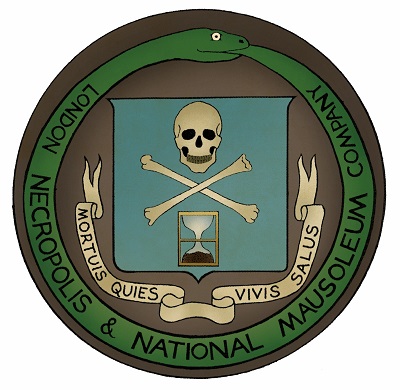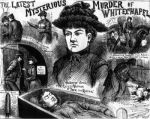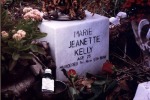I say final as this is how everyone else has identified it, but as per my previous comment unless he was caught, murdered or moved on there is little chance that the murders simply ceased if we place them all together as one serial killers work.
Mary Kelly was 25, the youngest of the victims and was also given the crowning trophy of all the murders that Jack committed for being utterly horrific.
Having worked in a mortuary and funeral home, I can safely say not a lot bothers you after a while. It’s a sad fact that we become desensitised to some of the horrors our fellow “man” commits. I believe she may well have been one of those cases that “you never forget” when you have a career in these fields.
Mary Kelly was often with two or three other prostitutes and was usually clean clothed. She does appear to have been well liked by the people in the area but was found on occasion to be tipsy. For 8 months she had been renting a room in Millers Court, and until two weeks before that had been living there with an unemployed fish porter, Joseph Barnet.
Lack of money from them meant more arguments when Mary Kelly turned to prostitution. This had led to a broken window by the door being covered up by newspaper, rag and an old coat. Joe Barnet left when Mary brought home a homeless prostitute to stay with them. Maria Harvey gave her occupation as “laundress” and told the police she stayed there Monday and Tuesday but took a room in New Court, Dorset Street however she spent Thursday afternoon with Mary in Mary’s room at Miller’s Court.
Around 7pm Joe visited, they were friendly enough despite the split and he had said he left her alive. He did say that another woman was there with her later on but it seems unlikely to have been Maria Harvey as he would have said her name, he did after all know who she was.
Whilst he was there with Mary they were visited by Lizzie Albrook, she left after a chat and according to Barnet he told her he was sorry that he had no money and could not help her out. He then went back to his own lodging house and played whist until around 12.30am.
Around 4am 9th November two neighbours reported they heard cries of murder but to them this was a regular occurrence. It was often a sign of a drunken brawl in the area or domestic violence. The local residents would not have liked to get involved and so nothing more happened.
10:45 the next morning Mary Kelly’s landlord, John McCarthy, sent his assistant, Thomas Bowyer, to get the rent from her. He banged loudly on the door twice, assumed that she was ignoring him and moved the curtain from the broken pane. He rang back to the shop and told him that he had seen a LOT of blood.
The two men hurried to Miller’s Court, McCarth looked in via the window and was met with a terrible sight. The wall behind the bed was splattered like a modern slash film, on the bedside table was bloody human flesh and what was on the bed was barely recognisable as human. Lovecraft would like have described the scene as “Unimaginable horror” and this seems apt enough. The virtually skinned corpse of Mary Kelly was burnt into McCarthy’s mind and most likely haunted his dreams thereon.
The police were brought in, Inspectors Walter Dew and Walter Beck were brought in, they said he was muttering and raving about the victim, Bowyer was very clearly in shock. Beck looked in and staggered back, he told his partner not to look but he did. Both of them recalled the barbaric sight very clearly even 50 years later. Dew was struck by her wide open eyes, fixed in terror and the mutilations to her face were so ghastly that poor Joseph Barnet could only identify her by her eyes and ears.
It strikes me that there is a lot recorded about this poor woman’s death and less so about her life. Dr Thomas Bond gives a succinct report, which gives it the harsh and cold reality it deserves.
“The body was lying naked in the middle of the bed, the shoulders flat, but the axis of the body inclined to the left side of the bed. The head was turned on the left cheek. The left arm was close to the body with the forearm flexed at a right angle & lying across the abdomen. the right arm was slightly abducted from the body & rested on the mattress, the elbow bent & the forearm supine with the fingers clenched.
The legs were wide apart, the left thigh at right angles to the trunk & the right forming an obtuse angle with the pubes. The whole of the surface of the abdomen & thighs was removed & the abdominal Cavity emptied of its viscera.
The breasts were cut off, the arms mutilated by several jagged wounds & the face hacked beyond recognition of the features. The tissues of the neck were severed all round down to the bone.
The viscera were found in various parts viz: the uterus & Kidneys with one breast under the head, the other breast by the Rt foot, the Liver between the feet, the intestines by the right side & the spleen by the left side of the body.
The flaps removed from the abdomen and thighs were on a table. The bed clothing at the right corner was saturated with blood, & on the floor beneath was a pool of blood covering about 2 feet square…The face was gashed in all directions the nose cheeks, eyebrows and ears being partly removed. The lips were blanched & cut by several incisions running obliquely down to the chin. There were also numerous cuts extending irregularly across all the features.”













